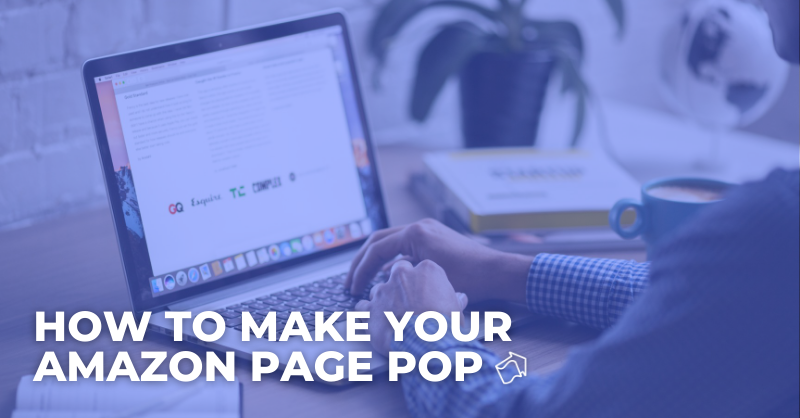15 Jun ASK AN EXPERT: INTERVIEW WITH BOOK COVER DESIGNER ERIC LABACZ
Ask An Expert: Interview with Book Cover Designer Eric Labacz on Great Book Cover Design Trends in 2021 and Beyond What design elements contribute to a great book cover design? And what book cover design trends are popular in 2021 and beyond? Today on our Ask an Expert series, we’re sitting down with book cover designer Eric Labacz, who has created some of our most eye-catching and popular cover designs for our sister publishing company Books Fluent. Eric shares what key elements make for timeless, great book cover design, how genre should influence cover design, and some of the biggest cover trends we’re seeing right now. What do you enjoy most about designing book covers? Hands down the creative process that is involved in communicating certain details about a book in a unique way that urges readers to explore it further. How long have you been a book cover designer? How did you get involved in this industry? I have been designing covers for four years now. Prior to that, I worked for an agency and worked as a Senior Designer and Art Director in the toy, video and food packaging industries. In 2016, I decided to create a home-based studio and I was fortunate to connect with a local publisher a year into it. She started giving me cover projects and I instantly fell in love with cover design. I decided to put all my efforts into connecting with other publisher and author clients and, four years later, here we are. In your opinion, what are the key elements of great book cover design? Well, of course, you need the title, the subtitle if it pertains, and the author’s name, but the difference between a so-so cover and a great cover are how those elements are creatively arranged along with imagery and color. An interesting and engaging composition, a focal point that intrigues the reader and eye-catching colors are some elements of great covers. Should a book’s genre influence a book’s...






